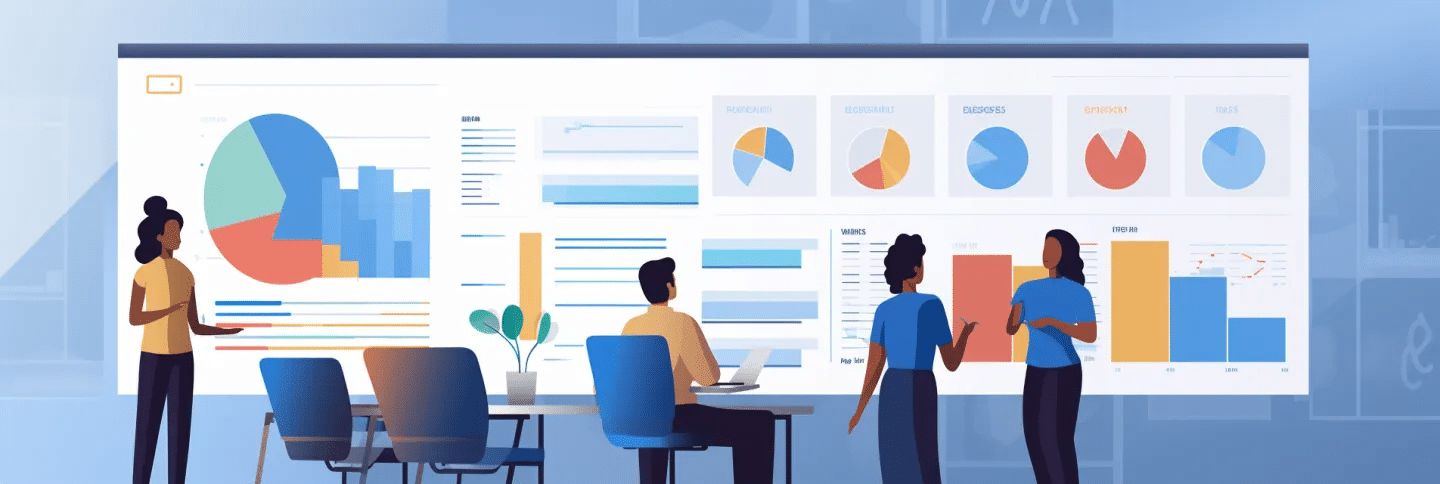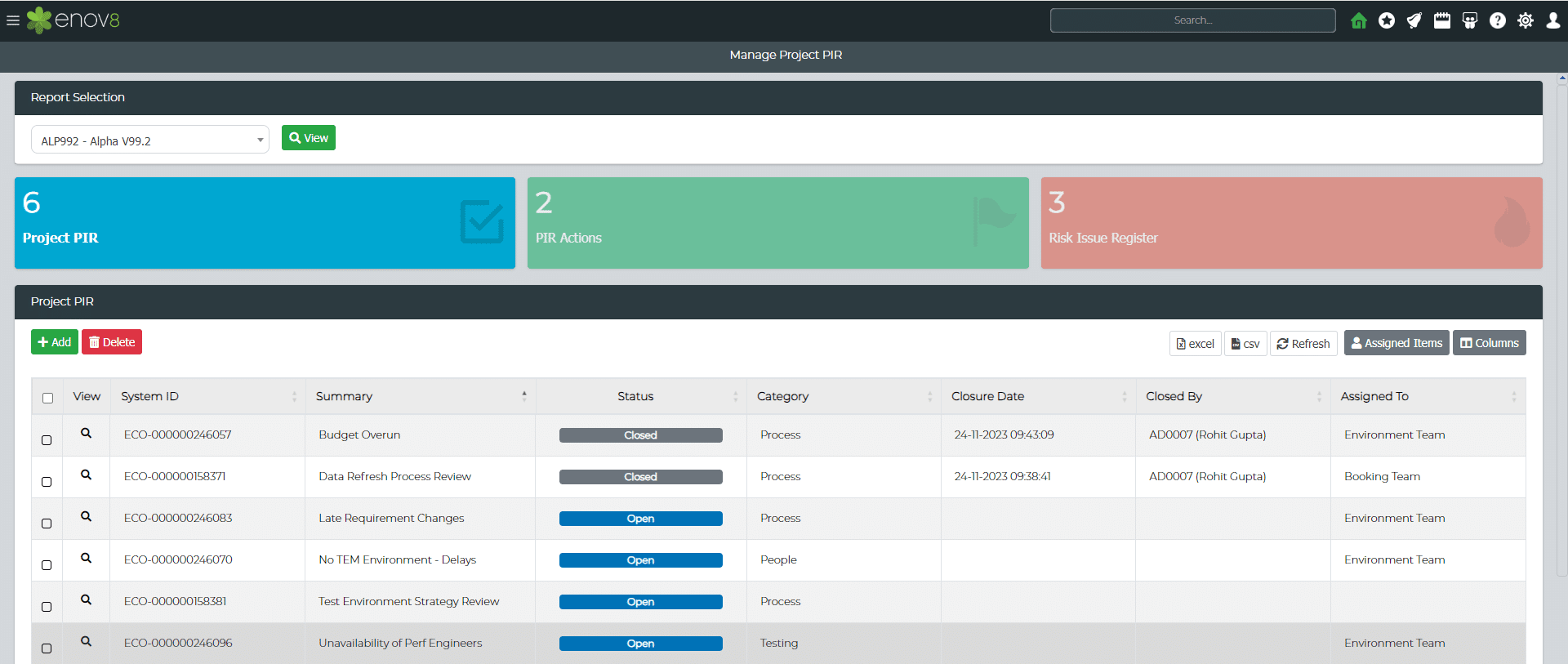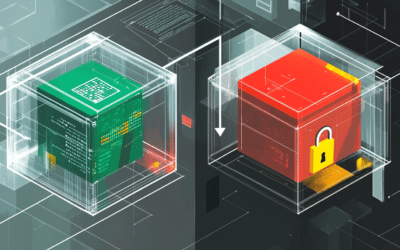
What are Post Implementation Reviews?
November, 2023
by Jane Temov.
Jane Temov is an IT Environments Evangelist at Enov8, specializing in IT and Test Environment Management, Test Data Management, Data Security, Disaster Recovery, Release Management, Service Resilience, Configuration Management, DevOps, and Infrastructure/Cloud Migration. Jane is passionate about helping organizations optimize their IT environments for maximum efficiency.
In today’s fast-paced business environment, the success of a project hinges not just on the effective execution but also on thorough post-completion analysis. This is where Post Implementation Reviews (PIRs) come into play. They are a critical component of project management, allowing organizations to evaluate the success and efficacy of their initiatives.
Innovate with Enov8
A Platform of Insight
Managing your IT & Test Environments, Releases & Data.
This comprehensive article delves into the concept of PIRs, their significance, and how tools like Enov8 Release Manager can revolutionize the way these reviews are conducted.

Conclusion
Post Implementation Reviews are an indispensable part of the project management process. They provide valuable insights into the successes and shortcomings of projects, driving continuous improvement. In the age of digital transformation, tools like Enov8 Release Manager are game-changers, enhancing the efficiency and effectiveness of PIRs. By adopting such tools, organizations can ensure that their projects are not just completed but also contribute to the long-term success and growth of the company.
This comprehensive approach to PIRs, facilitated by advanced tools, is not just a best practice but a necessity in the modern business landscape, where learning from the past to improve the future is key to sustainable success.
Relevant Articles
Data Mesh vs Data Lake: Choosing an Architecture
As organizations scale and mature their digital ecosystems, data becomes both a key asset and a major architectural challenge. Live by the data, die by the data. With vast quantities of structured and unstructured data pouring in from dozens (or hundreds) of...
RAG Status: What It Is and Using It for Project Management
Effective Leadership requires effective tooling to drive successful outcomes. One tool they can use to monitor and measure progress is RAG status. RAG stands for Red, Amber, Green, and is a simple traffic light system used to communicate the current status of a...
Enterprise Architecture Tools: 11 to Be Aware Of in 2025
Enterprise architecture (EA) is an essential discipline for organizations aiming to align their IT strategy with business goals. As companies become more complex and technology-driven, having the right set of EA tools is crucial to streamline operations, improve...
What is a Staging Server? An Essential Guide
Release issues happen. Maybe it’s a new regression you didn’t catch in QA. Sometimes it’s a failed deploy. Or, it might even be an unexpected hardware conflict. How do you catch them in advance? One popular strategy is a staging server....
What is Deployment Planning? A Detailed Guide
Deployment planning, sometimes referred to as "implementation planning," is the process of creating a plan for the successful deployment of a new software or system. It involves identifying the resources, tasks, and timeline needed to ensure that the deployment is...
The Definitive Guide to Test Data Generation
Test data generation is a critical part of the software testing lifecycle, ensuring that applications are tested against realistic scenarios before going live. If you’re not testing against production-like data, you’re arguably not truly testing your application. In...











